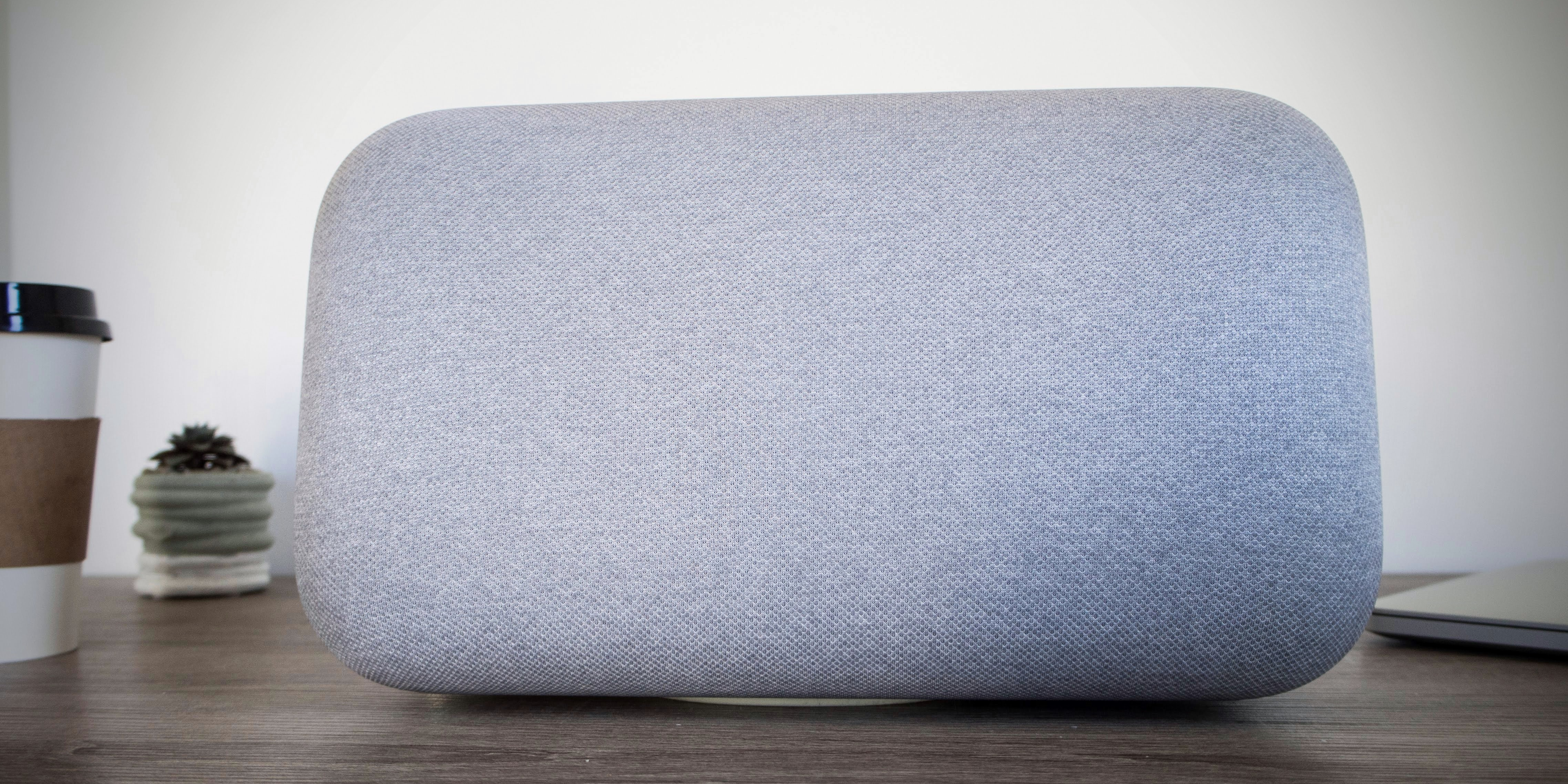If you’re in the market for a high-end, great-sounding smart speaker, you have a tough choice to make: Apple’s HomePod, or Google’s Home Max?
Both speakers offer incredible sound, built-in smart assistants, and the power of two tech behemoths behind them. They even have a similar price, at $350 for the HomePod and $400 for the Max.
But Google Home Max has several crucial advantages over the HomePod that that make it a smarter buy than Apple’s new offering.
1. Google Home Max has the powerful Google Assistant built in.

Google Home Max has Google Assistant, Google’s powerful smart assistant that’s also in its Pixel phones and other Google Home devices. It can do things like look up recipes, answer trivia questions, or tell you jokes.
HomePod has Siri, Apple's digital assistant. But Siri on HomePod is not the same as Siri on the iPhone - its abilities are limited, so it can't do things like look something up on the internet or call someone for you.
And Siri, in general, is nowhere near as flexible or as comprehensive as Google Assistant when it comes to connecting to your various smart-home devices and answering questions.
2. Google Home Max supports multiple users.

Google Home Max can recognize voices and supports multiple users, which is helpful for both personalization (it knows who is asking for what) and privacy.
By contrast, HomePod can't recognize voices. So for example, anyone in your house could say, "Hey Siri, read my most recent text," and it would read aloud from the device it's paired with.
3. Google Home Max can do stereo-pairing right out of the box.

If you buy two Google Home Max devices, they can wirelessly pair to create a stereo experience. HomePod will eventually be able to do that too, but not for several months.
4. Google Home Max has Bluetooth, so it works with any type of phone.

Google Home Max can connect to either Android or iOS devices using Bluetooth.
HomePod, on the other hand, uses Apple's proprietary streaming technology, AirPlay, which allows it to connect to only iOS devices. Android owners are simply out of luck.
5. Google Home Max has audio inputs.

Google Home Max has several inputs on the back of the device, meaning you can plug in any device and play music through the speaker.
HomePod doesn't have any inputs, so again, if you have an Android phone, you can neither stream wirelessly through the device nor plug in your phone.
6. Google Home Max works with several streaming services.

Google Home Max will support Google Assistant using these streaming services:
• Google Play Music
• YouTube Music
• Spotify
• Pandora
• TuneIn
• iHeartRadio
HomePod supports Siri from a handful of audio sources, but they're all Apple-related:
• iTunes music purchases
• iCloud music library with an Apple Music or iTunes Match subscription
• Beats 1 Live Radio
• Podcasts
7. Google Home Max can stand vertically or lie horizontally, depending on your space.

This isn't a crucial feature by any means, but it's a helpful one.
While Google Home Max is bigger than HomePod, it works standing vertically or sitting horizontally, so it may fit in more places in your home.
8. Google Home Max supports multiroom audio.

If you have more than one Google Home device, you'll be able to play the same song through each one. This is a great feature for parties - the same music can stream in your kitchen and your living room.
HomePod doesn't support multiroom audio, at least not yet. Apple says that feature is coming with the release of AirPlay 2. If you buy a HomePod now, you'll most likely get the new functionality through an update later this year.

